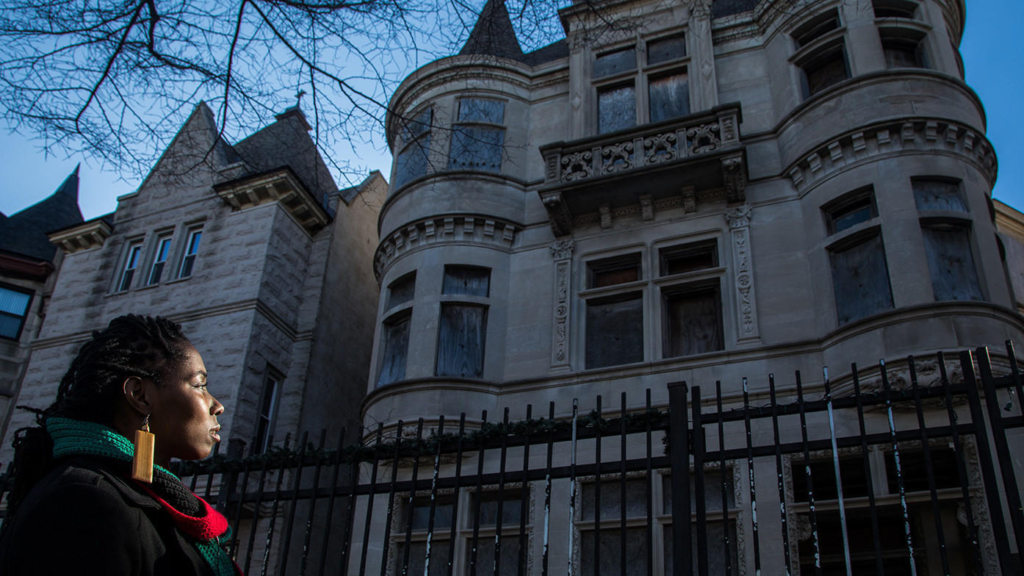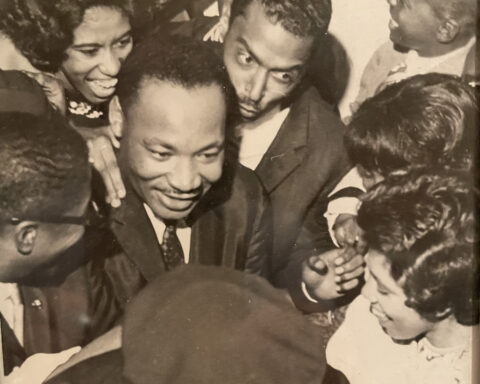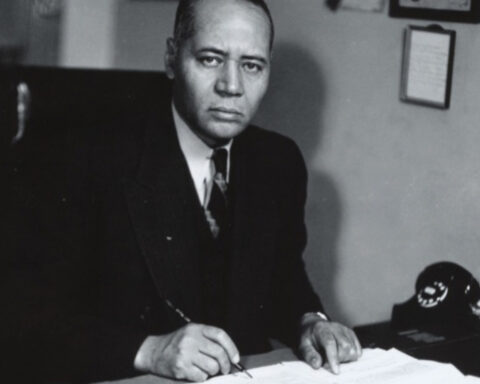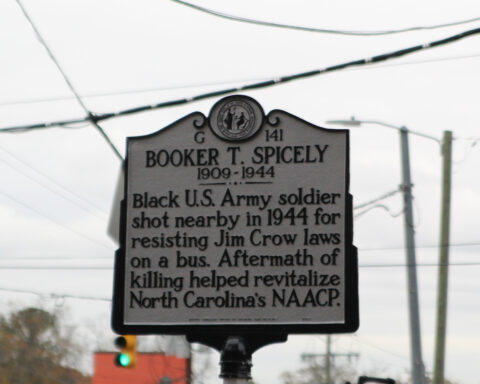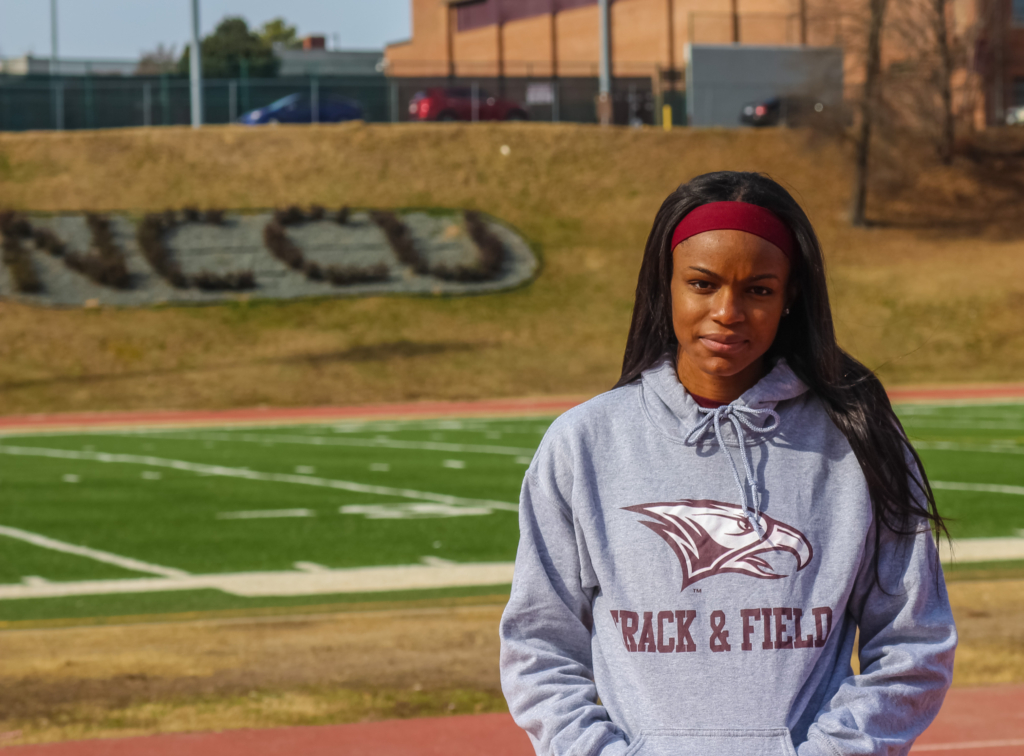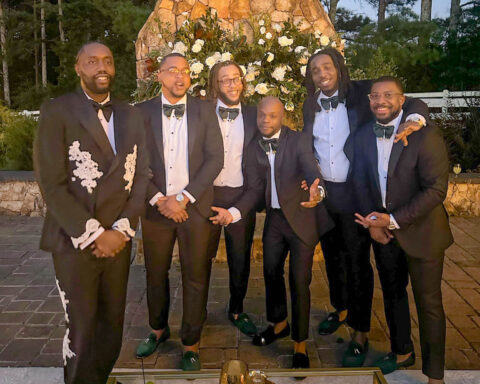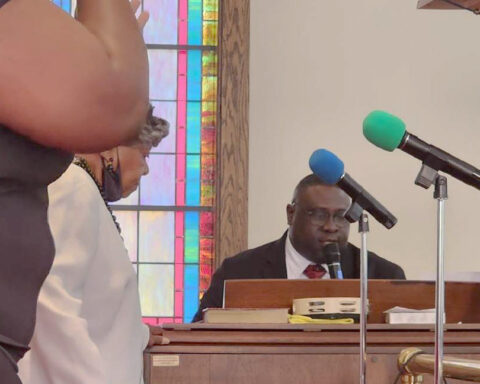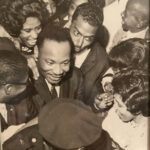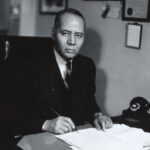With its boarded-up windows and rusting wrought-iron fence, the abandoned three-story mansion in the 4700 block of South King Drive doesn’t look historically significant.
But in the 1930s, the elegant greystone was where Melissia Ann Elam, a woman born into slavery and later emancipated, provided housing and social services to other black women and girls who came to Chicago during the first wave of the Great Migration.
For years, this site and others where black women labored to serve their South Side communities have gone unnoticed, blending into the urban landscape.
But this week, two women plan to release a guidebook that maps where more than 40 black women landed during the 1800s and early 1900s and worked to transform life for African-Americans.
Some, like social justice crusader and journalist Ida B. Wells, poet and writer Gwendolyn Brooks and pilot Bessie Coleman, remain well known. But most of the women in the book, “Lifting as They Climbed,” have faded into history, even as their work in medicine, the fine arts, strategic organizing and housing continues to touch lives.
“It has bothered me that black women’s intellectual contributions … have been marginalized or always connected to forces of suffering,” said Mariame Kaba, one of the authors.
“People haven’t taken the time to really know black women, in our fullness as three-dimensional human beings,” she said. “I want people to think about what these women did, the stories they told, the music they made, the institutions they built and how it’s connected to black women’s lives today.”
The project is tied to Women’s History Month, but also comes during a national conversation about how black women’s contributions have been erased from history and what that has meant for women who have followed in their footsteps.
There are tours that highlight historical landmarks important to the black community in Bronzeville and Pullman. But this project is unique because it is centers on significant women — and specifically points to their homes, churches, schools and businesses across South Side neighborhoods.
For example: the crumbling three-flat in the 6100 block of South Rhodes where writer Lorraine Hansberry grew up in the 1930s. It inspired the play “A Raisin in the Sun.”
The book is meant to take visitors into Woodlawn, Grand Crossing and Hyde Park for a self-guided tour. Some of the buildings still exist, while others are now vacant lots. Few have markers explaining their historical significance.
“I want young girls to visit these places and see what black women built,” Kaba said. “I want people to take this book and travel their own city and go to places they don’t normally visit. I’m hopeful that people will read these stories and get excited to learn more about black women’s contributions.”
The guidebook was the brainchild of Kaba, who moved to Chicago in 1995. An educator and social justice organizer, Kaba realized as she traveled around the city that she was following in the footsteps of other black women.
“Chicago has shifted and communities have changed so many times, the neighborhoods aren’t the same,” Kaba said. “But what happened to the people that were here before us? We walk by places and don’t know the history.”
In her personal time, she began to research women like Emma Jane Atkinson, who moved to Chicago in 1847, became an abolitionist and helped provide food, clothing and shelter to runaway slaves. She learned about Fannie Hagen Emanuel, who arrived to Chicago in the mid-1880s and opened a settlement home for black girls where she taught them how to sew, cook and develop other skills so they could find work. At 41, Emanuel went to medical school and became one of the country’s first black doctors serving black women.
In 2012, Kaba helped design a tour that mapped the history of captivity and confinement of black people in America. After that project, she decided she would turn her research on Chicago’s black women into a tour too. But in 2016 she relocated to New York and her project came to a halt. Before abandoning it, she put out a call on social media asking if anyone would like to take it on.
“A lot of people responded and folks started asking, ‘How can we help?’” she said. One woman offered to help cover the costs of publishing and another offered access to historical archives.
But it was Essence McDowell who vowed to do whatever it took to get it done.
McDowell said the project came just as she was exhausted from her activist work. She was sitting on boards, marching in protests and helping younger activists develop organizing strategies. Her volunteer work stretched her thin, and she wondered if she was being effective.
“I felt like I was doing everything I could, but I needed to pause and take inventory,” she said.
Together, McDowell and Kaba developed a list of women they wanted to highlight. With research the list grew, in part because one woman’s story would carry them to another woman’s story. They narrowed their list, focusing on the South Side and women with a range of different backgrounds.
“These black women created a road map, a blueprint for how to build in a community,” McDowell said. “These women didn’t care what people thought of them, they didn’t let racism stop them, they didn’t let the threat of violence, didn’t let social structures, stop them.”
Neither of the women was paid for producing the book and they worked on it between their full-time jobs. McDowell visited every site. She helped write and edit the short biographies of the women included. She searched archives for images of the women, designed the book and helped organize a one-time tour the two women will lead based on its content.
On a recent afternoon, McDowell visited three of the locations. A neighbor who has long lived across from Emanuel’s former home admitted she had never heard of the woman. Outside of Hansberry’s former place, a resident said she sees visitors stop and take photographs, but didn’t understand why.
“I wish it was fixed up,” the woman said about the building.
McDowell stood outside the former Elam House and let her eyes roll from the ground to the castlelike roof, taking in the fullness of majestic mansion with its intricate stone carvings. She imagined what it must have felt like for a woman who had seen firsthand the brutality of slavery to own a mansion where black women could find asylum.
McDowell said the project re-energized her.
“I consider these women my family now,” she said. “There’s Mama Elam. Mama Emanuel. Mama (Roberta Evelyn Winston) Martin. These women are a part of me and part of our city.”
The book will be available at an authors’ event from 2 to 4 p.m. Saturday at the Arts Incubator, 301 E. Garfield Blvd. It’s also available online at www.chicagoblackwomentour.com.
Story by Lolly Bowean
Chicago Tribune (Tribune News Service)

